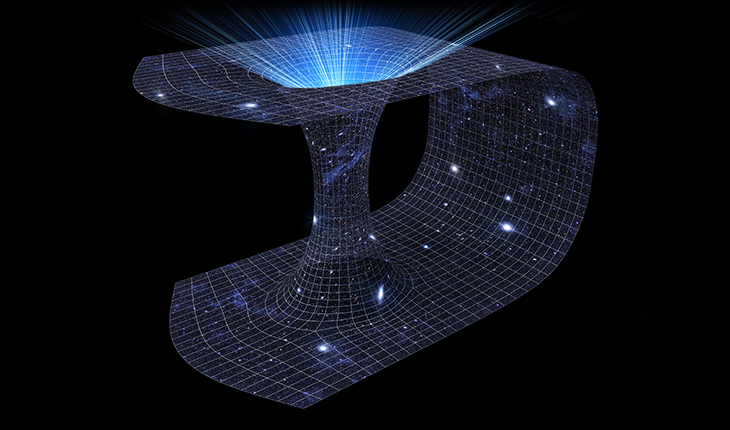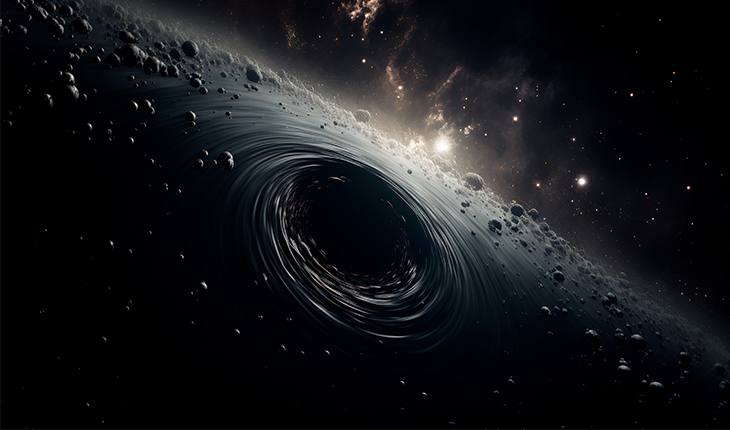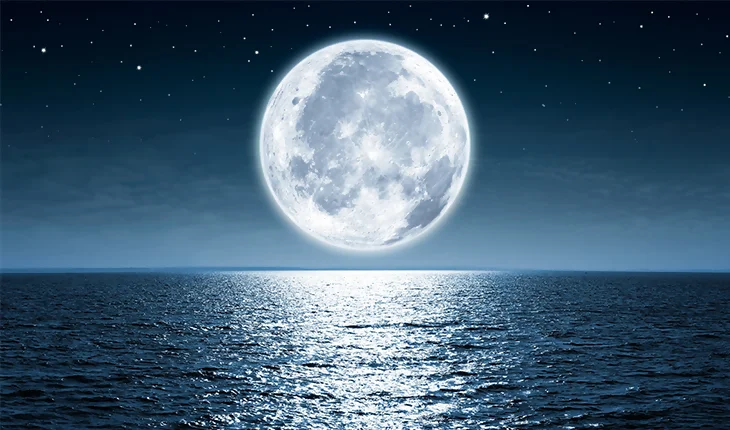Astronomers and physicists have long been captivated by black holes, the enigmatic and alluring objects in space. Nothing can escape the powerful gravitational pull of these mysterious regions of spacetime, not even light. Join us as we investigate the inner workings of black holes and reveal the mysteries surrounding these cosmic enigmas to discover what lies within these cosmic abysses.
Are black holes real?
Yes, black holes are real astronomical objects that scientists have observed and studied. The concept of black holes originated from the equations of general relativity developed by Albert Einstein, and various observational evidence has supported their existence.
Supermassive black holes, like the one in our own Milky Way, are thought to be at the core of almost all massive galaxies. By observing their effects on surrounding stars and gas, astronomers can identify them. The super-dense cosmic object relative masses are displayed in this chart.
Stellar observations circling unseen companions (likely black holes), gravitational wave detections from merging black hole binaries, and strong X-ray emissions from regions where matter is believed to be falling into black holes are important pieces of evidence supporting the existence of black holes.
While we can’t directly “see” black holes, as they do not emit light and are invisible, their presence and effects on surrounding matter and spacetime provide strong evidence for their existence. The study of black holes is an active area of research in astrophysics, and scientists continue to refine their understanding of these fascinating cosmic objects.
Will we ever know what is inside a black hole?
Because direct observation of a black hole is impossible due to its extreme conditions, the interior of a black hole remains the subject of theoretical speculation. As per the present comprehension of physics, specifically general relativity, a black hole arises from the collapse of a massive star due to its inherent gravity.
The mysterious depths of a black hole conceal a cosmic enigma that contradicts everything we know about space, time, and gravity. The singularity, a region of infinite density and curvature where the current understanding of the laws of physics breaks down, is the center of a black hole. The singularity, which represents a gravitational force so strong that it bends spacetime to an extent beyond our classical understanding, is cloaked in theoretical uncertainty.
Surrounding the singularity is the event horizon, a boundary delineating the point of no return. Once an object crosses this threshold, it succumbs to the gravitational grip of the black hole, disappearing from our observable universe. The region near the event horizon, the ergosphere, is characterized by the black hole’s rotation, dragging space and time.
The interior of a black hole remains a realm beyond direct observation, challenging scientists to reconcile general relativity principles with the universe’s quantum nature. As we delve into the cosmic abyss, the nature of what lies within a black hole continues to be a tantalizing frontier in space exploration or exploring the cosmos.
Related Contents:
How Many black holes are there in the Milky Way
Where do black holes take you?
What is inside the black hole in space?
Space contains black holes, where massive mass is compressed into a small volume. Because of this, there is an intense gravitational pull that even light cannot escape. They are produced by the collapse of giant stars and possibly by other unidentified processes.

What is inside a black hole, NASA explained?
Be not misled by its name: a black hole is not nothing but space. Instead, consider a star ten times more massive than the Sun compressed into a sphere roughly the diameter of New York City. This is an enormous amount of matter packed into a very small area.
How do black holes grow?
By absorbing surrounding material, black holes enlarge in size. The gravitational attraction of a black hole prevents anything from leaving the event horizon. Things that do not maintain a safe distance are thus ingested.
Despite their name, black holes do not truly draw in objects from great distances. Only very close objects can be absorbed by a black hole. Rather than being cosmic vacuum cleaners, they resemble Venus’ Flytraps. Consider the replacement of the Sun with a black hole with the same mass. The planets would still orbit the black hole at the same distance and speed as now, but Earth would experience perpetual darkness. The black hole would not swallow any of the planets. The only way our planet would be in danger is if it approached the black hole by about 10 miles, far less than the comforting 93 million miles separating Earth from the Sun.
Gas and dust, which occupy the voids left by other cosmic voids, are the primary nutrients consumed by known black holes. Surrounding star debris can also be ingested by black holes. The largest black holes can completely engulf stars. By crashing into and merging with other black holes, black holes can also enlarge. There may be a black hole present if this growth process is present. Astronomers can study the powerful radio waves and X-rays produced when gas approaches a black hole because of the increased temperature of the falling gas.
Source: Nasa



